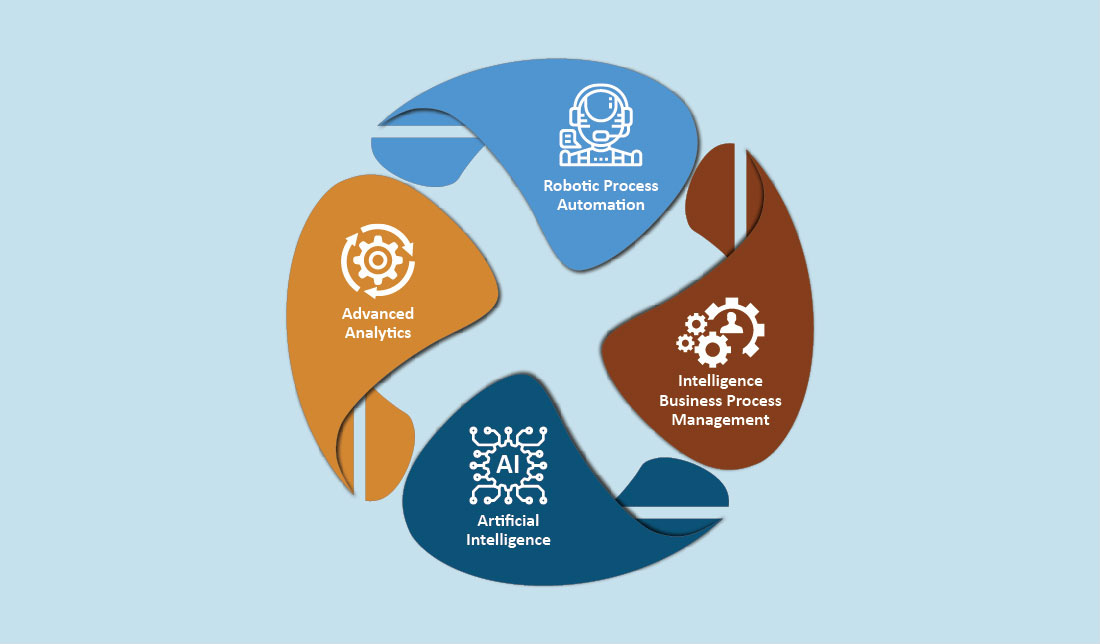
Embracing Hyper-Automation to Improve Citizen Services
Governments around the world are turning to cutting-edge technology to improve citizen services. One of the most exciting new developments is hyper-automation – a process that uses artificial intelligence and machine learning to automate complex tasks. This has already led to some impressive results, with governments able to reduce processing times for citizens and improve service quality. In this blog post, we will take a closer look at how hyper-automation is being used in government-citizen services and explore the benefits it offers.
Hyper-automation is not only about automating simple tasks. It also has the potential to transform complex processes, making them more efficient and effective hence saving citizens time. In one example, the US Citizenship and Immigration Services used hyper-automation to automate the processing of citizenship applications. This led to a significant reduction in processing time, from an average of eight months to just two weeks.
Another benefit of hyper-automation is its ability to improve service quality. This is because automated processes are often more accurate and consistent than manual ones. For example, the Department of Motor Vehicles in California used hyper-automation to automate the renewal of driver’s licenses. This led to a significant improvement in service quality, with 99% of applications being processed accurately.
In addition, hyper-automation can make it easier for citizens to access government services. This is because automated processes can be made available online, 24 hours a day, seven days a week. In one example, the Internal Revenue Service used hyper-automation to create an online system for filing tax returns. This made it much easier for citizens to access the service and led to a significant increase in tax compliance.
Finally, another recent success story is the processing of millions of COVID-19 PPP loan applications by banks. Several banks used hyper-automation to ‘accept’ completed applications and enter them into the Government System that administered the loans. The Government used the approach of working through banks to speed up the application process. The use of Automation not only sped up the process considerably, reducing the backlog from weeks to less than 2 days for submission while reducing the number of errors in the application and hence reducing rejection rates.
Hyper-automation is an exciting new development that has the potential to transform government citizen services.
If you would like to learn more about Unissant’s hyper-automation services, please visit our website or contact us today. We would be happy to discuss how we can help automate government-citizen services and improve the citizens’ experience.





